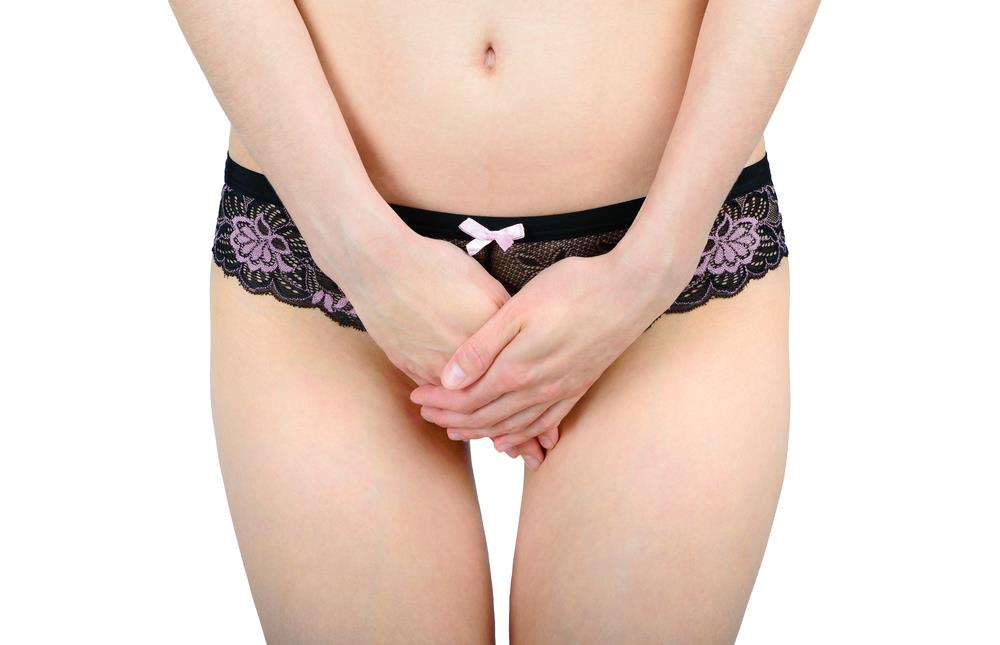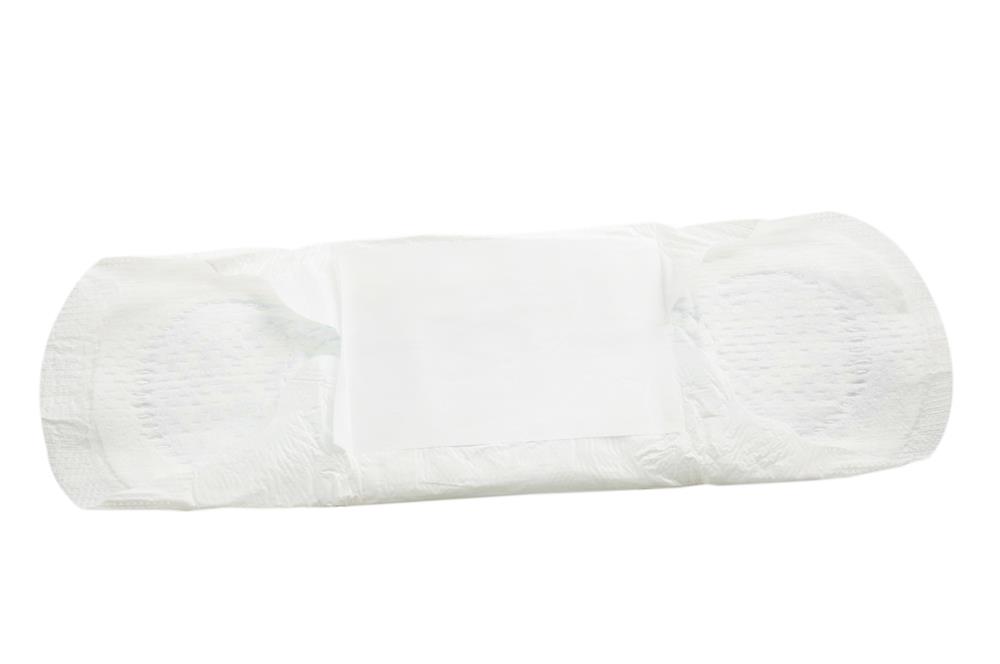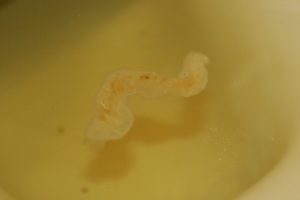Menstruation cycle of the females is under hormonal control and all the month during the cycle, the hormones keep on changing their concentration and females receives monthly vaginal discharge which is also known as periods. There are definitely certain concerns regarding periods and menstruations, some signs of menstruation which are typical and sometimes women have to face something too sudden. In any case, it is better to consult health care provider. Among certain concerns which normally arise during menstrual cycle, the most common is the discharge of creamy white gel from vagina. The discharge from vagina is usually normal but under some conditions it may highlight some underlying health conditions. It is hence advised to keep a check on any discharge and its color and composition to find out if there is anything deviating from the normal.
Contents
Is that Thick White Discharge Before Period Normal or Serious?
It is seen very common that females irrespective of age and ethnicity have to suffer from the discharge of creamy white gel. It is considered absolutely normal under most of the cases. On the other hand, if the discharge is followed by some other issues like sensation of burning and itch in the genitals, bad odor, stained with some color etc; it might highlight some underlying problem. Under normal conditions the discharge which occurs before periods is thick and white but all along the cycle there is considerable change in color and composition of this milky white discharge.
Recommended Reading :
Why Would Someone Have Thick White Discharge Before Period?
The thick white discharge before period is considered normal as long as it is non itchy, not causing any burning sensation in genitals or not stained with blood. All females experience white discharge during the life after reaching puberty. It is proven that there are certain glands located in cervix and vagina which cause this discharge. The main purpose of this discharge is to keep the germs and infections away from vagina, also the alkaline nature of the discharge acts as a mild antiseptic thereby minimizing the chances of genital infections. Also along with the mucus some dead cells of cervix and vagina are lost which is considered useful for the vaginal health.

Milky White Discharge and its periodicity:
There are 6 stages involved in the production of mucus and there are some variants which are generally pathological as well. The normal discharge which takes place from vagina generally consists of dead cervical and vaginal cells along with mucus. This process acts as exfoliating the vaginal and cervical linings which is ultimately useful for genital health. If there is any disturbance in the composition of this discharge, it can always give rise to some pathological issues. One therefore, has to keep an eye on the type, color and odor of a discharge to find out if there is any anomalous milky white discharge. There are four main types of changes which are generally seen in the white creamy discharge before periods, creamy discharge which has a foul smell, curd like discharge, foamy discharge, and a discharge with a lot of liquid secreted with certain admixtures. If you are interested to find out the type of pathology, you are advised to talk to specialist and get proper examination.
Recommended Reading :
Pinkish Brown discharge Spotting while on birth control
White Creamy Discharge:
Before the onset of menstruation, vaginal mucus is produced in large amount which also contains inner dead cells from cervical and vaginal epithelium, bacteria and flora from vagina. The stage of cervical mucus production determines the amount of vaginal discharge which is secreted by cervical or vaginal glands. These glands are located inside the thick linings which release mucus to keep vagina free from infections. The amount of estrogen and progesterone regulate the production of this white creamy discharge. These estrogen and progesterone are two main hormones which control all the menstrual cycle of a female. Following stages of mucus production are covered by these hormones:
- The dry days:
As the name indicates, this is a time where there is no discharge and normally this phase comes immediately after periods. There are lesser chances of fertilization and mucus is not required during this phase. The mucus once released also acts as a lubricant and keeps vaginal cells healthy, besides, the mucus also offer favorable conditions for sperm cells so that they get an active medium to swim and reach ovum. The mucus also plays significant role in successful encounter of sperm and ovum.
-
White Creamy Discharge Before Periods:
After couple of days of dry phase, the next phase results in the production of a lot of thick white discharge. As we discussed above, this discharge acts as a lubricant and facilitates sperms to swim easily to ovum.
- Creamy white discharge: As the third phase begins, the discharge normally assumes creamy and soft texture.
- Profuse liquid is discharged in the next phase which also indicates the onset of ovulation.
- White creamy discharge during or right after ovulation: this is the time when egg is ready in fallopian tube and waiting for encounter with sperm. A thick white discharge is at peak during this phase to facilitate the easy sperm movement in female reproductive tract.
- White discharge before period: it takes place just before the beginning of periods, if female fails to conceive, the ovum is ready to emerge from the follicle. There is drastic change in chemical composition of the mucus as just before the periods, things are under the influence of progesterone.

When is the milky White Discharge Pathological ?
The white discharge in women is one of the most common concerns and is normal unless there are some deviations from the norm. Here we will highlight the basic types of changes which can be alarming in regards to thick white discharge before periods: Read this info Genital warts
-
Curd like White Discharge Before Period:
If the white discharge in women occurs before periods and assumes a curd like texture, it might indicate “Thrush” which is a common vaginal infection caused by fungus. When the discharge is infected with fungus it also produces smell and swelling across the mucus membrane lining the vagina.
-
Creamy White Discharge Which is Stinky as well:
There are certain conditions where the lactobacillus (the useful bacteria in the body) is substituted by some other strain of bacteria which is possibly pathogenic in nature. Sometimes, Gardnerella Vaginalis enters the body and causes foul like smell along with some itchy rashes causing irritation around vagina. The creamy white discharge with stinky smell must be discussed with health care provider to get in time remedy.
- Thick white discharge in foamy appearance:
White discharge in women along with the appearance of bubbles and large amount of liquid might be an indication of trichomoniasis. It is a common sexually transmitted infection caused by promiscuous sexual behavior.
-
Clear Discharge which looks like water:
Clear white discharge with watery appearance normally is seen just before the onset of menopause and is often associated with some other serious concerns like ectopic pregnancy or tumors inside the female reproductive tract. Sometimes the discharge gets stained with blood due to infection and cause slight to moderate pain while being discharged.
-
Creamy White Discharge With Certain Admixtures:
If the discharge is creamy white with certain admixtures, it is an early indication of infections of cervix or vagina, some inside traumas caused by abortion methods, tumors inside the cervix or uterus etc. If you experience such discharge, it is advised to rush to your health care provider.
Hence we can say that any variation in color, odor composition of discharge must be discussed with gynecologist for prompt medical treatment.
White Discharge in Women and Sexually transmitted infections:
Any discharge which takes place from vagina and is thick and white and free of odor is normal. Also the normal discharge will not cause any itching of genitals as well. When the white discharge before periods is seen it is hence absolutely normal. But if the thick white discharge is accompanied with change of color, odor, pain or irritation there is a possibility of sexually transmitted infection and expert gynecologist can advise in time and proper medication.
Some of the common illnesses which are associated with thick white discharge with changed odor or composition are:

- Gonorrhea is a common sexually transmitted infection; it results in large amount of discharge with fishy smell. It also causes irritation and redness around genitals.
- Fungal infections can also cause change in the composition of white discharge before period and are accompanied by swelling, redness and itching. If you find a white creamy discharge with cottage cheese like texture, it is possibly a sign of yeast infection.
- Another condition associated with the thick white discharge with rotten eggs odor and froth is a sign of Trichomoniasis which is a bacterial infection and is also classified under sexually transmitted diseases.
- Thick white discharge before period when accompanied with some tint like green or yellow with a foul smell signifies Vaginosis.
The Ways to Prevent Abnormal White Discharge Before Period:
As we have studied the causes and concerns associated with the release of abnormal discharge from vagina before the onset of menstruation, here are some ways which you can follow to get rid of such infections. Adopting some healthy practices might help the body to fight effectively against the infections. Keeping hygiene is therefore a key. Some other ways to avoid vaginal discharge and associated complications include:
- If you need lubrication before sexual intercourse, make it sure that it is not petroleum jelly or any rich oil. These substances often act as a medium where microbes grow faster causing infection.
- Make use of under wears which are made up of pure cotton, other substances like polyester or spandex do not let air to get near vagina. Avoid wearing under wears at night, this will help to keep vagina dry minimizing the chances of infection.
- Do not use vaginal douches.
- After defecation or urination, clean yourself from front to back. Wiping from back to front may bring infections closer to vagina.
- Thick creamy white discharge can also be prevented by using hygienic products. There are some substances which aid the growth of micro organisms; such products include perfumed soaps and lotions. If at all you have to use it, ensure it to keep them away from genitals as much as possible.
- If you are on antibiotics to treat vaginal infections, it is recommended not to have sexual intercourse as it can increase the duration of infection and problem may persist for a long.
- If you are not sure about the health condition of your partner, it is always advised to make use of condoms made up of latex. As they do not let infections to pass on. Use of condoms has been regarded as one of the best prevention methods against STDs.
- Infections in genitals often cause itching, avoid scratching the surface, as scratching the genitals can allow certain other bacteria to enter the genitals and prolong the time of treatment.
- Avoid using fitting costumes or dresses, keep vagina dry as much as possible. Damp conditions can increase the rate of spread of infections as dampness acts as a medium to facilitate bacterial and fungal growth.
- If infection persists till long and you experience the same symptoms for almost a week, seek immediate medical attention.
- Only gynecologist can evaluate the type of infection and probable remedy. Do not use any medicine without doctor’s prescription.
Related post :










